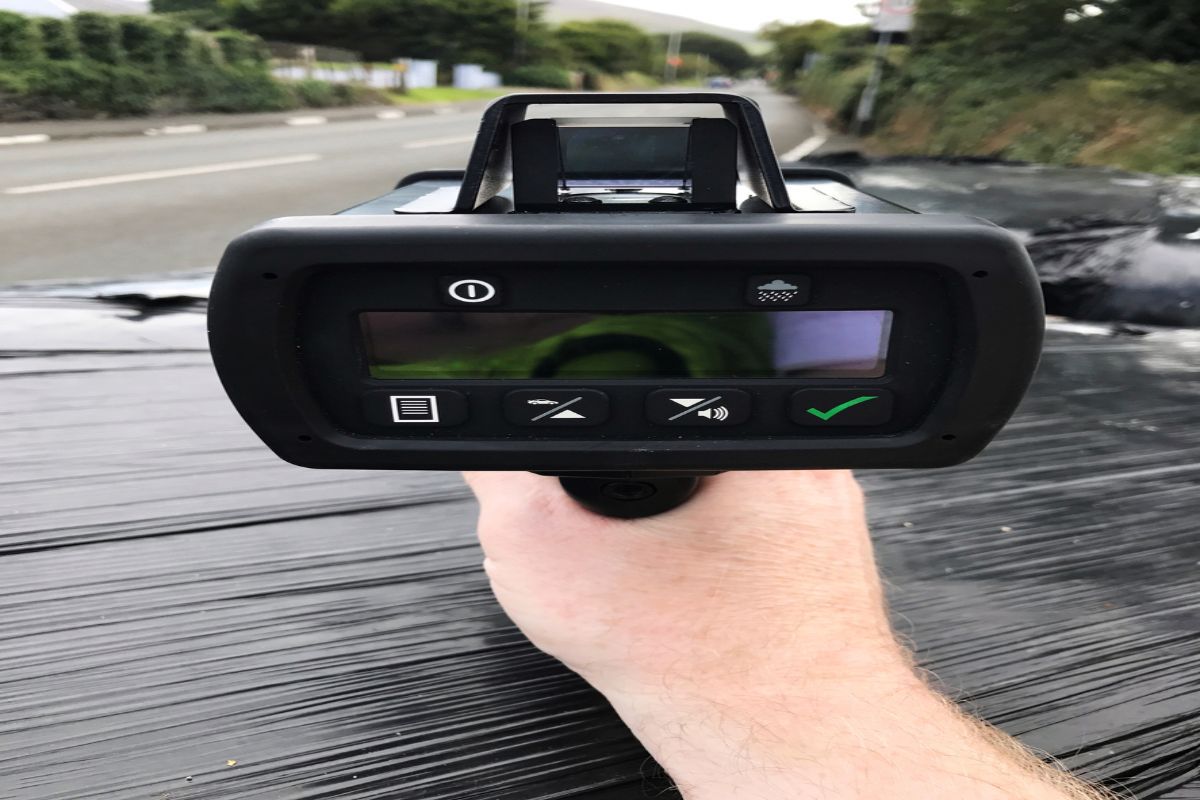 When it comes to law enforcement's tactics to catch speeders, technology plays a crucial role. Specifically, RADAR and LIDAR are among the tools that officers use to determine if you were speeding.
When it comes to law enforcement's tactics to catch speeders, technology plays a crucial role. Specifically, RADAR and LIDAR are among the tools that officers use to determine if you were speeding.
Understanding these technologies can provide insights into how speeding infractions are identified and, more importantly for our clients, how they might be contested. Always consult a traffic attorney before you pay the fine or dispute a speeding ticket.
Explain California's Basic Speed Law
Before delving into the technical aspects, it's essential to understand the framework of California's basic speed law. The law dictates that no person shall drive at a speed greater than is reasonable or prudent given the conditions.
Speed limits are established based on this principle. Therefore, when RADAR and LIDAR systems indicate that you are driving above the set speed limit, you could be cited for speeding.
CA Vehicle Code (CVC) Section 22350, Speed Laws, CA’s basic speed law says:
“No person shall drive a vehicle upon a highway at a speed greater than is reasonable or prudent having due regard for weather, visibility, the traffic on, and the surface and width of, the highway, and in no event at a speed which endangers the safety of persons or property.”
Therefore, if you are cited for speeding under this section, what is “reasonable and prudent” might be more crucial to your defense than the number on the RADAR or LIDAR device.
Just because you are going the posted speed limit or less does NOT mean you cannot be ticketed for speeding. What if there’s fog or rain and the roadway is slick? Do you feel safe going 65 or 70 mph?
On the other hand, if the sky is clear, there’s only light traffic, must you drive the speed limit? Even when ticketed, the traffic court judge makes the final decision of what is a “reasonable and prudent” speed.
How RADAR Works
RADAR, which stands for Radio Detection and Ranging. It uses radio waves to determine a vehicle's speed.
An officer aiming a RADAR gun at oncoming traffic sends radio waves. These waves bounce back with a shifted frequency when they hit a moving vehicle. This shift, known as the Doppler effect, allows the RADAR device to accurately calculate the vehicle's speed.
Although these devices are very accurate, uncalibrated devices can make errors, and untrained law enforcement officers (LEOs) can use them incorrectly to give a false reading.
How LIDAR Works
LIDAR is short for Light Detection and Ranging. It operates on a similar principle as RADAR but uses light waves from a laser instead of radio waves.
A LIDAR device emits a series of light pulses toward a vehicle and measures the time it takes for the light to reflect back. By using this data, the device can precisely determine the vehicle's distance and calculate its speed.
LIDAR is often more accurate than RADAR, except in inclement weather and longer distances. Training and calibration could also be a factor.
How Pacing Works to Determine Speed
In addition to using RADAR and LIDAR technology, officers may employ a more traditional method known as pacing. This involves the officer following a suspect vehicle at a constant distance over a particular stretch of road, then comparing the patrol car's speedometer reading to determine the suspect vehicle's speed.
Another means to determine a vehicle’s speed is “estimation” or guessing. That’s correct; a traffic court judge might allow a seasoned traffic LEO to estimate your speed, particularly in inclement weather, construction, or school zones. In this case, a traffic attorney can help raise the level of “reasonable doubt.”
Why You Should Consult a Traffic Attorney About Your Speeding Ticket
Given the technical nature of these speed detection methods, any number of things could lead to an incorrect reading - an uncalibrated device, operator error, or external factors like weather or other vehicles. That's where a traffic attorney can help.
A knowledgeable traffic attorney can scrutinize the circumstances surrounding your alleged speeding infraction. They can question the accuracy of the RADAR or LIDAR reading or challenge the officer's pacing technique. They can also examine whether the officer complied with the requirements of California's basic speed law when issuing the citation.
In essence, understanding how law enforcement measures speed—through RADAR, LIDAR, or pacing—can provide valuable insight if you're charged with speeding.
For more information on speeding and contesting a ticket, read our blog, “3 Methods to Challenge a Speeding Ticket—Proven Strategies.”
However, contesting a speeding ticket based on these methods is a complex task best left to professionals. By enlisting a traffic attorney's help, you significantly increase your chances of a successful defense. Remember, a speeding ticket is more than just a fine—it can affect your driving record and insurance rates. So, it's well worth consulting with a traffic attorney who can guide you through that court battle.
Contact Bigger & Harman
When you need a traffic ticket resolved in Fresno County Courthouse, you need Bigger & Harman, APC. Give us a call at (661) 349-9300. Se habla Español (661) 349-9755.
Use the contact form to schedule an appointment or send us an email attorney@biggerharmanlaw.com.
References:
The CA Driver Handbook English y Español.
CVC Section 22350, Speed Laws.
